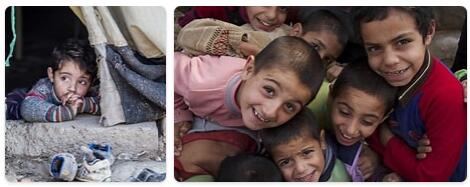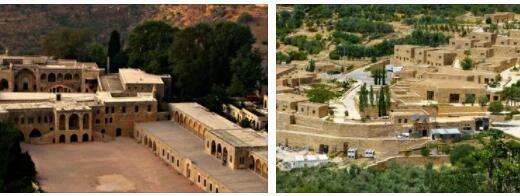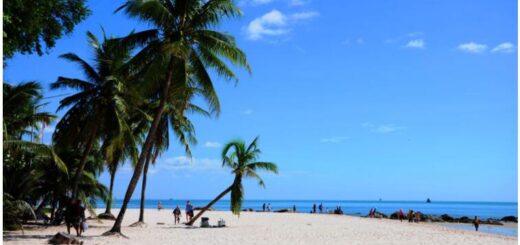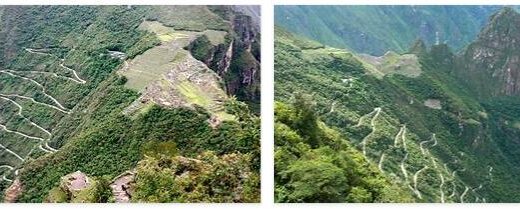Syria 2014
Yearbook 2014
Syria. The war in Syria went on in its fourth year without any signs of relief. In what was described as the world’s worst refugee disaster, 10 million people, almost half the country’s population, had been forced from their homes. One third of them had left the country and were mostly in neighboring countries Turkey, Lebanon and Jordan. The death toll during the war was estimated at around the end of the year to be around 200,000.
When a UN peace conference, called Geneva 2, was held in January, representatives of the Bashar al-Assad government met for the first time representatives of the opposition forces. But the talks became unsuccessful, mainly because the regime refused to discuss a transitional government.
On the other hand, it was decided that Syrians would be allowed to elect their president for the first time, despite fierce wars. Syria population in 2020 is estimated at 17,500,669. A total of 24 candidates reported interest but only three were approved. In the elections held in the government-controlled areas in June, al-Assad was re-elected, officially with 89% of the vote. The opposition and most of the outside world described the election as a “father’s” or “parody”.

On the battlefront, at the beginning of the year, fierce battles also raged between different rebel groups. At the same time, the government side, in its quarters, regained ground. In March, the military, together with the Lebanese Hizbullah militia, captured the strategically located city of Yabrud, the last rebel stronghold near the Lebanon border. In May, the last opposition forces left the city of Homs, after a three-year siege.
But on June 30, Sunni extremists proclaimed a “caliphate” on territory that soon comprised a third of Syria and much of Iraq. The group, which at the same time took the name Islamic State (IS), waged war against both government forces and other rebel groups. IS aroused disgust in the outside world for great cruelty both in battle and against civilians. At the same time, the group attracted jihadists from other parts of the world.
In August, the UN Security Council decided on sanctions to try to prevent individuals, businesses and states from supporting IS. The United States launched air strikes against IS’s positions in Iraq and expanded its attacks in September to include Syria. Jordan and several Arab countries in the Persian Gulf participated in the attacks, which targeted oil fields, in an attempt to knock out IS’s supply.
When IS launched a lightning strike in Kurdish areas in northern Syria in late September, a new large wave of refugees was triggered across the border with Turkey. The border town of Kobane became the scene of a stand-up war between IS and the Kurdish guerrilla YPG (People’s Defense Units), which was still ongoing at the end of the year.
In ancient times, Syria was the designation of the entire area between the Anatolian Peninsula, Turkeyand Sinai. The ancient civilizations were permanently engaged in bringing this area under their supremacy, from the Egyptians who considered it the access road to their land, to the Persians who considered the area to be the bridge to the empire they planned. On the central stretch of the coasts of the area, during the period between the 12th and 7th century BCE, the Phoenician civilization developed. It was a community of seafarers and traders who were not particularly interested in geographical expansion or political cooperation. The Phoenician cities were always independent, although for a short period of time one or the other could have some form of dominion over the rest. The Phoenicians founded the world’s first trade economy. Among the Phoenician’s creations are the most important: the invention of the alphabet, the development of boats strong enough to sail on the high seas, the production of ceramics and woven fabrics, the expansion and systematization of geographical knowledge, and the implementation of the first voyage around the African continent. The diffusion of this knowledge throughout the Mediterranean formed the basis of what was later called the “Western civilization” and whose primary exponents became the Greeks.
After Alexander the Great’s death, the vast empire was divided, and Syria became the center of the Seludian state – by Seleuco, Alexander’s general – extending all the way to India. In Roman times, the province of Syria was almost a permanent scene of wars. against the prominent parties.
According to topb2bwebsites, the area was made Arab by the Caliphs of Ummaia, who in 660-750 possibly made Damascus (Dimashq) the capital of the empire (see also Saudi Arabia). At the same time, they created the basis for a strong national feeling. When the Ummahs were defeated, the Abbas family moved the capital to Baghdad, where the new Caliphs had greater support. Although Damascus retained its economic and cultural significance, the loss of political power was crucial, and this was reflected in in the near indifference with which the Caliphs of Baghdad in the 11th century received the message of the Crusaders invading the area. The defense was put in the hands of local emirs, and their internal contradictions and rivalries were the backdrop of nearly 200 years of Christian dominance in the Palestinian Territory, despite the fact that Christians were distant from their hinterland.
In the 13th century, the Egyptians began to throw out the Crusaders. Along the way, Syria became almost an Egyptian province and scene of clashes with invading Mongolian and Tartar forces. Only in the 16th century did the Egyptians finally lose control of the area, which was instead subject to the Ottoman Empire.
Climate
The climate is dry and relatively hot, but temperatures below freezing are not uncommon.
In the east there is a hot, dry, continental steppe and desert climate with an average annual rainfall of less than 11 mm. In the west on the coast there is a Mediterranean climate with an average annual rainfall of around 500 mm. The average temperature is 31.2 degrees Celsius.
The mountain regions are colder and above all more rainy.
Country data
Area: 185,180 km2 (world ranking: 87)
Residents: 18,270,000
Population density: 99 per km2 (as of 2017, world ranking: 63)
Capital: Dimaschq (Damascus)
Official languages: Arabic
Gross domestic product: No information
Gross national product (GNP, per resident and year): N / A
Currency: 1 Syrian pound (syr £) = 100 piastres
Embassy
Rauchstr. 25, 10787 Berlin
Telephone 030 501770,
Fax 030 50177311
www.syrianembassy.de
Government
Head of State: Baschar al-Asad, Head of Government: Imad Khamis, Outside : Walid al-Muallim
National holiday: 17.4.
Administrative structure
13 districts and capital district
State and form of government
Constitution of 2012
Socialist People’s Republic with presidential system
Parliament: People’s Assembly (Majlis asch-Scha’ab) with 250 members, election every 4 years
Direct election of the head of state every 7 years (one-time re-election)
Right to vote 18 year old Syrian
Population last census 2004: 17,920,844 inh. Approx. 89% Syrian Arabs, over 6% Kurds (partly stateless), 2% Armenians as well as Circassians, Turkmen, Turks and other
Cities (with population)
(Status 2004) Halab (Aleppo) 2,132,100 inh., Dimaschq (Damascus) 1,414,913, Homs 652,609, Al-Ladhiqiyah (Latakia) 383,786, Hamah (Hama) 312,994, Ar-Raqqah (Rakka) 220,488, Deir az- Zor 211.857, Hasakah 188.160, Al-Qamishli 184.231, Al-Yarmuk 137.248, As-Sidah Zaynab 136.427, Tartus 115.769, Jaramanah 114.363, Duma 110.893, Manbig (Manbidsch) 99.497, Idlib 98.791
Religions: 74% Sunni, 13% other Muslims among others), 10% Christians, 3% Druze among others (status: 2006)
Languages: Arabic; Kurdish (Kurmanji), Armenian and other languages of the minorities
Employed by economic sector: no information
Unemployment (in% of all economically active persons)
no information
Inflation rate (in%): no information
Foreign trade: import: US $ 5.1 billion (2017); Export: 1.8 billion US $ (2017)


